While working on a project, I noticed the architectural design specified two different types of roofs for two separate buildings. Driven by curiosity, I researched various roofing styles and discovered those commonly used in Australia. Here are my findings: Common Roofs types (in Australia):
1. Gabled Roof: A gabled roof, also known as a peaked or pitched roof, consists of two sloping sides that meet at the ridge or peak of the roof.
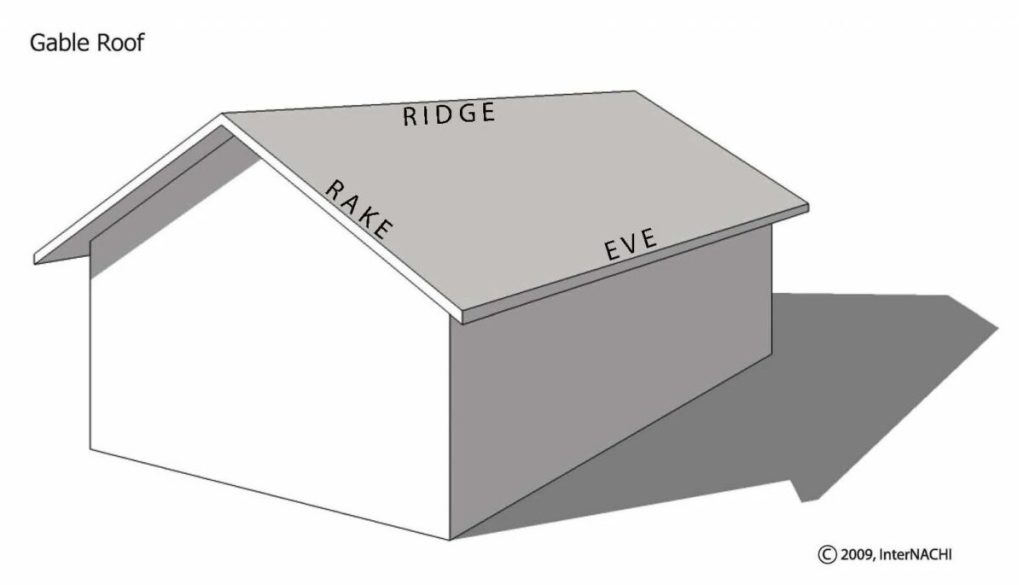
2. Flat Roof: Flat roofs are popular in modern homes, apartment blocks, high rises, and commercial buildings. This is mainly because they’re easy to build, economical, and stylish if you like simplicity. Despite the name, flat roofs are not 100% flat. They just appear flat, but technically, they are pitched a little to allow water runoff.
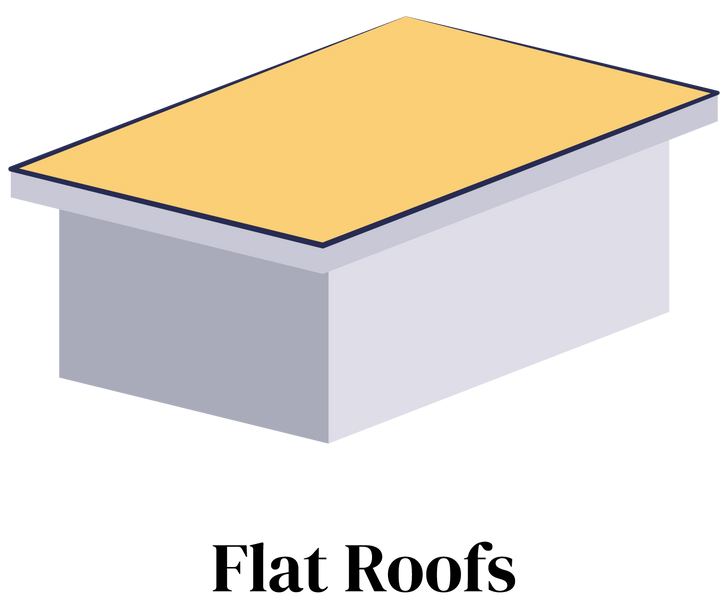
3.Skillion Roof: A Skillion roof is a type of roof characterized by a single, sloping surface. It’s a popular choice for its simplicity and modern appearance. Its steep pitch allows for efficient water drainage and the possibility to install Eco-friendly additions like solar panels and skylights. It is also a cost effective option.
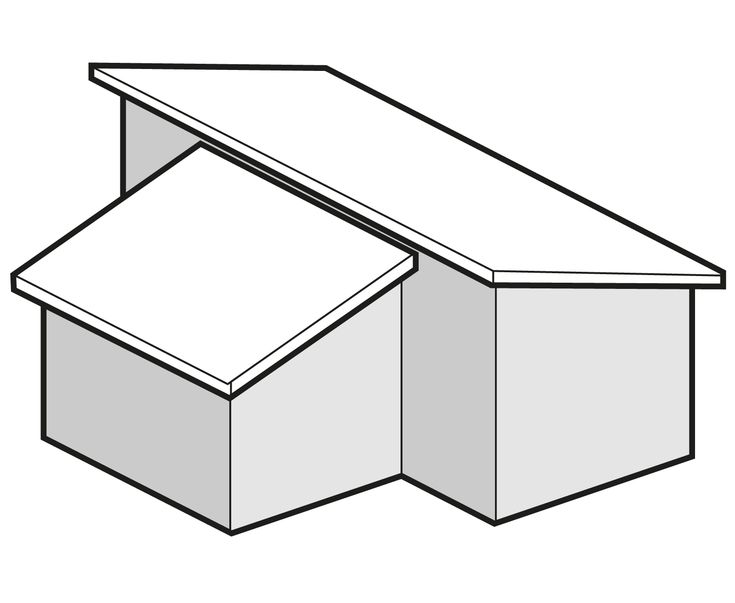
4. Hip Roof: This type is very similar to a gable roof, but not quite. The difference is that instead of just two roof planes, hip roofs have at least three or four roof sides that connect at a single point called the ridge. Hip roofs are known for their durability and excellent weather protection, particularly in regions with high winds or heavy snowfall. They can also provide extra living space with the addition of a dormer or rooftop window in the attic.
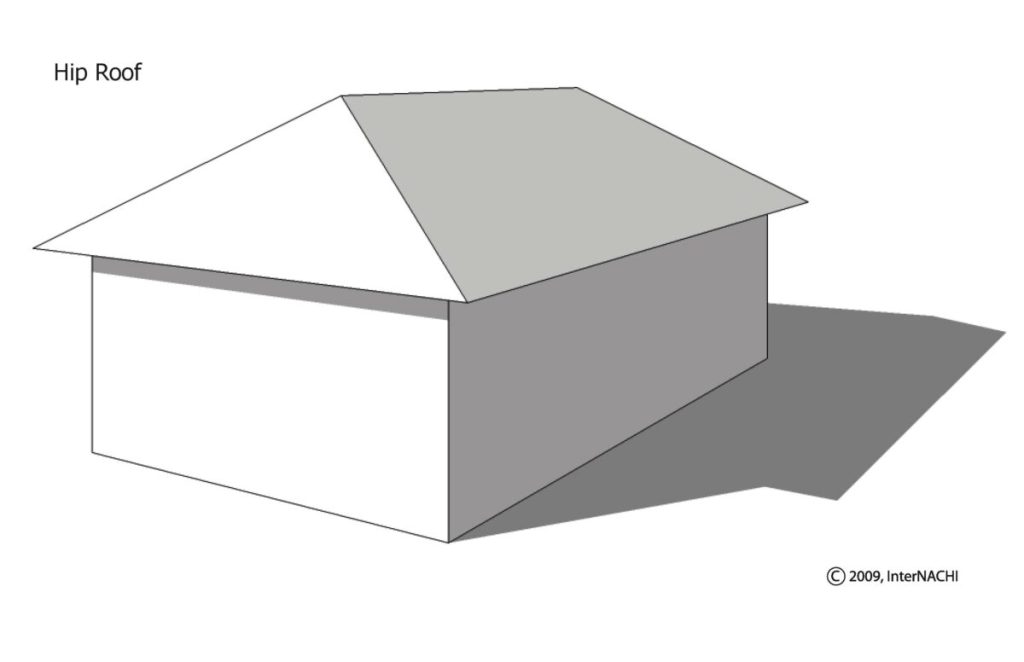
5. Curved Roof: A Curved Roof is an architectural design element where the roof’s surface is curved rather than flat or angled. It is often used for its aesthetic appeal and its air resistance and aerodynamics. But curved roofs often raise difficulties in construction and are not so cost effective.
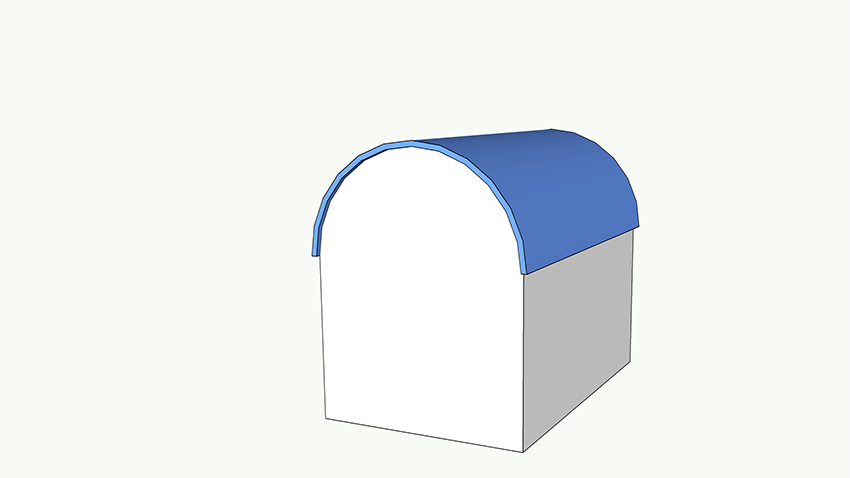
6. Butterfly Roof: A Butterfly Roof is a distinctive architectural feature characterized by two roof surfaces that slope down from opposing edges to a central valley, resembling the wings of a butterfly. It has a box gutter that collects the rainwater, eliminating the need for traditional rain gutters and downspout systems.
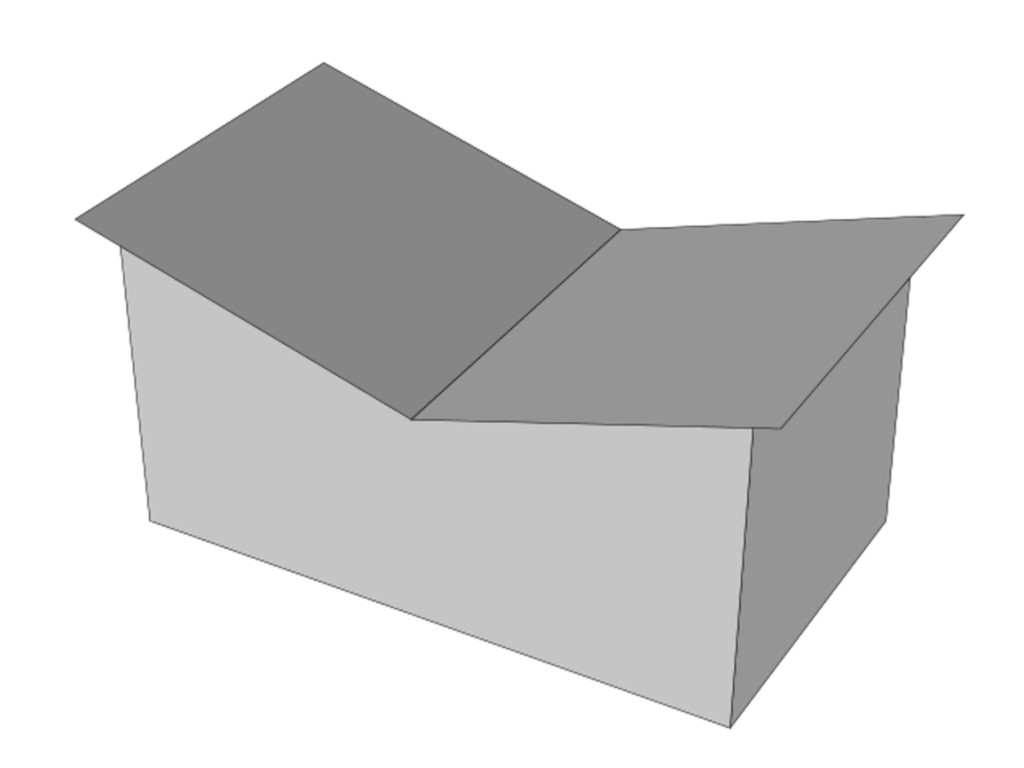
Ultimately the choice of roof depends upon climate, aesthetic appeal, ease of construction and cost.

Leave a Reply